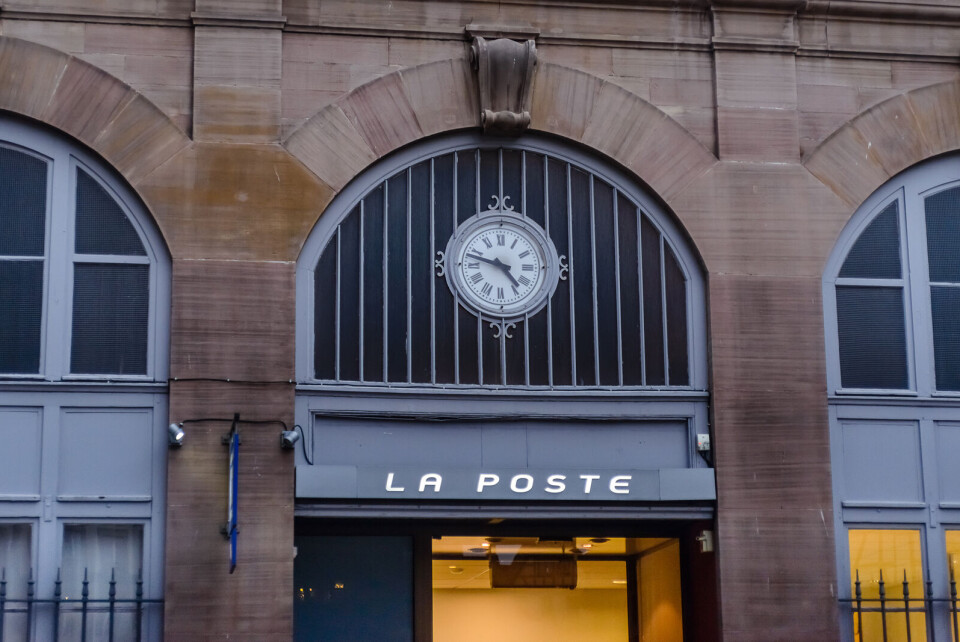-
Is compensation available for people injured in public in France?
Victim must show that the accident occurred in a publicly accessible area and that it caused physical harm or financial loss
-
Can a French bank account be opened before moving?
Online and physical banks compete with brokers in finding best solution for those on the hunt for a property
-
90/180 days rule: Can visa-free days be used to enter France before start of visa?
Be wary of spending too much time in France or you may be seen as a tax resident
Difference between 'lettre suivie' and 'recommandée' with La Poste?
The ' lettre suivie' in France is cheaper than the 'lettre recommandée', and there are other differences

Reader question: Is there a difference between a lettre recommandée (registered post) and lettre suivie (tracked letter)? The latter is cheaper.
The traditional lettre recommandée, especially avec avis de reception (with proof of receipt, ‘LRAR’), is still the preferred – in some cases, obligatory – option when sending certain important letters relating to legal issues.
This might include termination of your internet subscription, cancelling insurance or a rental agreement, or withdrawing from a home purchase.
A lettre suivie starts at €1.56 for sending in France up to 20g or €4 abroad, with slight savings if you print the stamp yourself.
A lettre recommandée is at prices which vary both on letter weight and level of insurance for loss or damage. The latter is €16 (level R1), €153 (R2) or €458 (R3), or for sending internationally €45 (R1) and €150 (R2).
The tariffs for lettre recommandée start at, for a 20g letter €4.40 (R1), €5.20 (R2) or €6.40 (R3), or for international mailing, €6.00 (R1) and €7.00 (R2).
Adding an avis de réception costs an extra €1.15 in France or €1.40 internationally.
It is possible to print the label from home and send at the first R1 insurance rate () but there is no saving. It is also possible to send a lettre recommandée online by typing in the letter for printing off and delivery by La Poste. This costs extra for printing, depending on the number of pages.
You can follow the progress of a lettre suivie online by inputting its tracking number at a site.
With a lettre recommandée, you can track the letter in a similar way but you also obtain a proof of posting slip and the letter has to be signed for in person.
The avis de réception is an additional slip that is returned to you as hard-copy proof that the letter was received.
A La Poste spokeswoman said: “The lettre suivie allows you to track the letter up to its delivery into the recipient’s letterbox. The LRAR allows for delivery into the recipient’s hand, with a signature.
“Only the lettre recommandée, whether done at a post office or online, has legal force.”
Related stories
Can I ask La Poste to give me a former tenant’s new address?
Money saver: Buy stamps in France online at La Poste and print at home
























